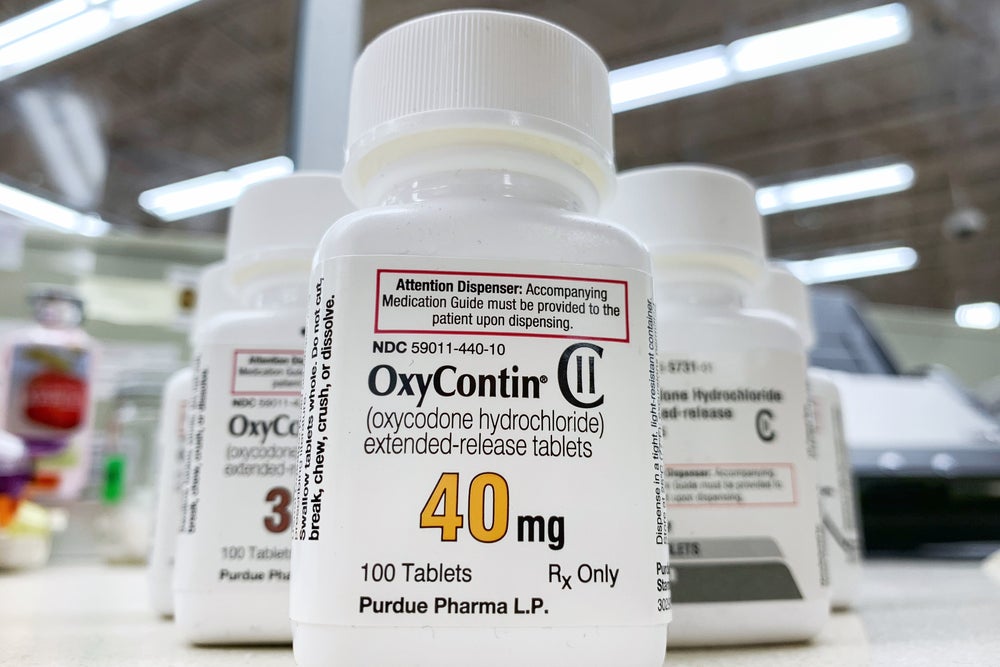Purdue Pharma’s Bold Bankruptcy Move: An Overview
Purdue Pharma’s recent bankruptcy filing has sent shockwaves through the legal and public health communities, introducing a transformative $7.4 billion settlement proposal aimed at tackling the ongoing opioid crisis. This monumental plan not only seeks to address the financial repercussions of the company’s controversial practices but also raises critical questions about accountability, the future of opioid litigation, and the broader implications for public health. As we delve into the details of this settlement proposal, it becomes essential to understand what this means for the victims of the crisis and the stakeholders involved.
The Opioid Crisis: A Brief Background
To fully appreciate the significance of Purdue Pharma’s bold bankruptcy move, it’s crucial to grasp the magnitude of the opioid crisis that has gripped the United States over the past two decades. The epidemic, largely fueled by the over-prescription of opioid medications, has led to devastating consequences:
- Over 564,000 deaths due to opioid overdoses from 1999 to 2020.
- Millions of individuals affected by addiction, leading to a ripple effect on families and communities.
- Significant economic costs, estimated in the hundreds of billions, resulting from healthcare expenses, lost productivity, and criminal justice involvement.
Purdue Pharma, the maker of OxyContin, has been a central player in this crisis, facing numerous lawsuits from states, local governments, and individuals claiming that the company played a pivotal role in fueling addiction through aggressive marketing strategies.
The $7.4 Billion Settlement Proposal
Purdue Pharma’s bankruptcy plan proposes a staggering $7.4 billion settlement intended to address the damages caused by its actions. This plan outlines how the funds will be allocated to aid those affected by the opioid crisis:
- Financial Relief: A significant portion of the settlement will be directed towards state and local governments, which have borne the brunt of the opioid crisis in terms of healthcare and recovery costs.
- Rehabilitation Programs: Funds are also earmarked for addiction treatment and education programs aimed at preventing future addiction and supporting recovery.
- Community Support: Initiatives will be established to support communities ravaged by the opioid epidemic, focusing on rebuilding and strengthening local resources.
This proposal is heralded as one of the largest settlements in U.S. history related to the opioid crisis, reflecting the company’s acknowledgment of its role in the tragedy.
Accountability and Responsibility: A Complex Landscape
While the settlement proposal is a step forward, it raises significant questions about accountability. Critics argue that the deal may not fully hold Purdue Pharma accountable for its actions. The company’s bankruptcy filing is perceived by some as a means to shield itself from further legal repercussions and avoid a full reckoning of its role in the crisis.
This sentiment is echoed by many advocacy groups and individuals affected by addiction. They argue that a settlement of this nature should not only provide financial compensation but also demand accountability through admissions of wrongdoing and changes in practices that contributed to the crisis.
The Public Health Impact of Purdue Pharma’s Bankruptcy Move
The impact of Purdue Pharma’s bold bankruptcy move extends beyond legal ramifications; it poses significant implications for public health:
- Access to Treatment: The settlement could potentially increase funding for addiction treatment, making it more accessible for those in need.
- Preventative Measures: With funding directed toward education and prevention, future generations may be safeguarded from the grips of addiction.
- Shifting Paradigms: The move may encourage other pharmaceutical companies to take responsibility for their role in the opioid crisis, leading to a shift in industry practices.
However, the effectiveness of this settlement in bringing about meaningful change hinges on the proper allocation and management of the funds. Ensuring that the money reaches the intended programs and individuals is paramount.
The Future of Opioid Litigation
Purdue Pharma’s bankruptcy and the proposed settlement could set a precedent for future opioid litigation. Legal experts suggest that this case may influence how other pharmaceutical companies approach litigation and settlements in the future. Potential outcomes could include:
- Increased Settlements: Other companies may follow suit, opting for settlements rather than prolonged litigation, which can be costly and damaging to reputation.
- More Comprehensive Solutions: Future settlements might be more holistic, focusing on public health outcomes in addition to financial compensation.
- Regulatory Changes: This case could prompt lawmakers to consider stricter regulations on pharmaceutical practices, particularly in marketing and distribution.
Conclusion: A Hopeful Yet Cautious Path Forward
Purdue Pharma’s bold bankruptcy move and the accompanying $7.4 billion settlement proposal signify a pivotal moment in the fight against the opioid crisis. While the financial relief it offers is a crucial step towards addressing the widespread devastation, it is essential to remain vigilant about accountability and the effective use of these funds. The health and well-being of countless individuals depend on the outcomes of this settlement and the changes it may inspire in the pharmaceutical industry.
As society grapples with the aftermath of the opioid crisis, this case serves as a reminder of the importance of corporate responsibility, public health initiatives, and the need for a comprehensive approach to addiction treatment. Moving forward, stakeholders must work collaboratively to ensure that the lessons learned from this crisis lead to meaningful changes that protect future generations.
See more WebMD Network



